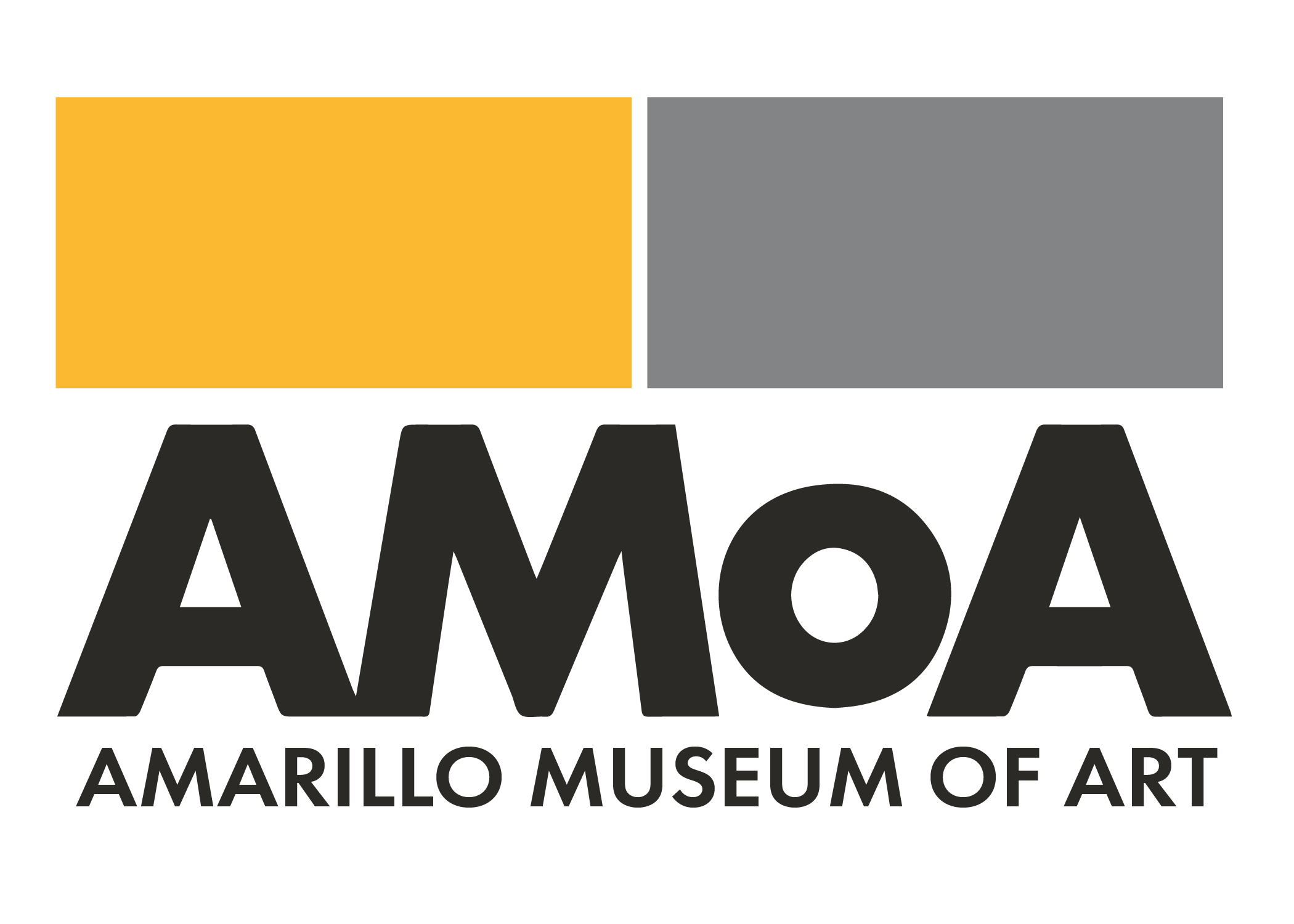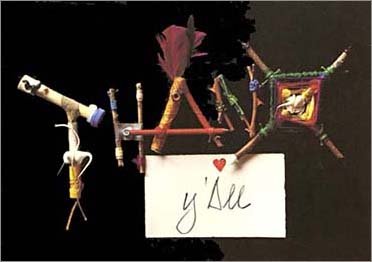The art of collage can likely be traced back to the invention of papermaking. In Modern art, Pablo Picasso and George Braque pioneered Cubism by collaging shards of newspaper and wallpaper onto their fragmented paintings. Kurt Schwitters later began collaging found objects onto substrates paving the way for artists to construct assemblages such as those of Louise Nevelson. Dada artist and provocateur, Marcel Duchamp began claiming already existing objects as art to which he coined the term “readymade.” Robert Rauschenberg then lay claim to his own term “combine” which is a combination of painting and sculpture. These ideas of utilizing found materials and blurring the line between painting and sculpture are the common theme of the works on display. Feel free to look, enjoy, and create your own art inspired by these collage works in the AMoA Collection.
GARY BURNLEY
Gary Burnley’s collage combines two images; one of a well-known classical Renaissance portrait and another of a family member or portrait taken from a yearbook. The artist often begins with art-historical representations of people of wealth and stature, usually white, and reimagines them carefully and thoughtfully by means of collage with portraits of people of color, and from different time periods. The collaged areas are often cut in the shape of a circle. Burnley has said that the circle acts as a portal to connect two different time periods in an effort to shed light on the mistakes of the past and change our present understanding of each other. For this activity, please use the prints of famous portraits from art history and create your own collaged portrait inspired by Gary Burnley.
ROMY OWENS
This artwork is made up of several different photographs of building material that are sewn together into a larger composition. The images are primarily of a material called particle board, which is usually hidden beneath the layers of an architectural structure. Here it is displayed as something to celebrate and enjoy for its color and textural variety. Artists are often inspired by the natural textures of wood and its innately beautiful swirls, knots and warm tones. Take a moment to construct a sewn collage of woodgrains like Romy Owens.
Romy Owens Table Instructions
JACK BOYNTON
The Amarillo Museum of Art is fortunate to have a variety of works by Jack Boynton in the permanent collection. Several of these works are collaborations with other artists and show his playful approach to process and material. In this piece, the artists made a thank you card from a photographed assemblage that also doubles as a dreamcatcher. Recipients of such a card would be acknowledged of their kindness and be charmed with a little extra good luck. Make your own mixed media symbol of appreciation and share it with someone that deserves to be celebrated for their extraordinary kindness. Use the provided materials and be inspired by Boynton and Shaw’s wit and creativity.
LOUISE NEVELSON
There are recognizable shapes and textures such as lace, fabric, wire and other items arranged to assemble an abstract composition. Nevelson brought unity to the different objects through the printing process which reveals the various textures in front of a black background. Discover how you can arrange a variety of textured surfaces to create a work of art by using the blocks with found objects. Lay a black piece of paper over a textured object and rub a white crayon across the surface. Continue this as often as you like to combine different textures to make your own Nevelson inspired artwork.
TERRY ALLEN
Terry Allen’s path of working in multiple mediums is itself a form of collage. He is able to navigate back and forth between the two worlds of conceptual art and country music. He chooses to create using both mediums to tell a story and share ideas. In this collaged drawing the artist has used strips of poetic text that are adhered to a lifelike drawing of a dead bird. This creates visual depth, conveys the narrative and utilizes the bird symbolically as a messenger. Birds are often considered messengers in stories; and in all stories there are ups and downs. Focusing on the positive we can make our own collage with birds as messengers of good fortune. Please take time to select and cut out images of birds and strips of good fortunes. Combine these materials to make your own unique work of art.
GEORGE BUNKER
This small collage is a study for a larger painting by the artist in the museum’s collection. Composed primarily of translucent tissue paper, it is an excellent example of an artist playing around with color relationships. Try it yourself by tearing, cutting and collaging tissue paper onto cardstock. Notice that when colors are placed next to other colors, that relationship can affect how each color is perceived. Take advantage of the translucent tissue paper by layering one over another to achieve a third color.

















